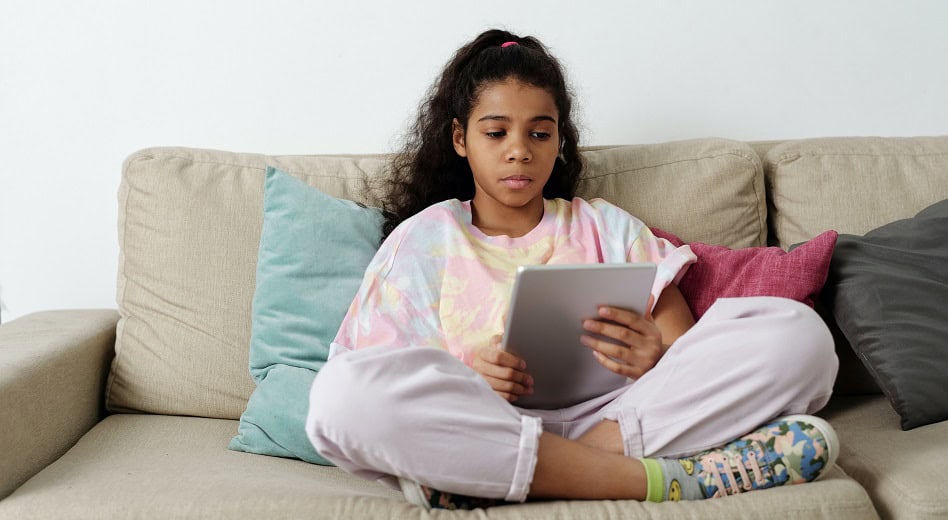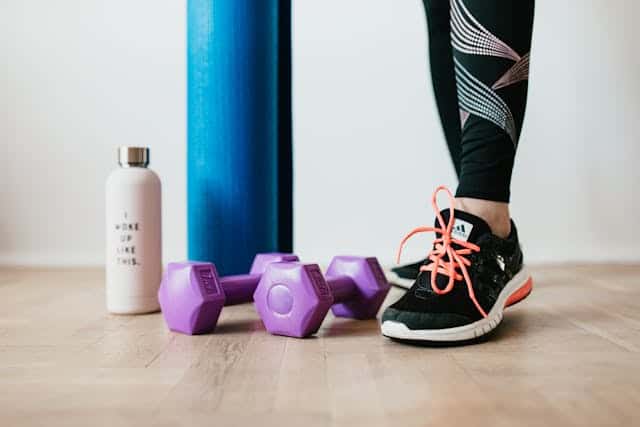
Associations between mentally-passive and mentally-active sedentary behaviours during adolescence and psychological distress during adulthood
April 8, 2021
Adolescents’ sedentary time, affect, and contextual factors: An ecological momentary assessment study
April 21, 2021A new study titled “Device-assessed total and prolonged sitting time: associations with anxiety, depression, and health-related quality of life in adults” has just been published in the Journal of Affective Disorders. The full publication can be accessed here. Citation details and a summary of the paper are below.
Biddle, S. J. H., Henson, J., Davies, M. J., Khunti, K., Sutton, S., Yates, T., & Edwardson, C. L. (2021). Device-assessed total and prolonged sitting time: associations with anxiety, depression, and health-related quality of life in adults. Journal of Affective Disorders, 287, 107–114. https://doi.org/10.1016/j.jad.2021.03.037
ABSTRACT
Objective
Assessment of sitting has been challenging and nuances in the length of sitting are often missed.
Methods
The present study assessed total, short and prolonged sitting time, and number of breaks from sitting, and their association with anxiety, depression, and health-related quality of life (HRQoL). Adults (M=59.1 years) in three studies (n=1,574) wore the activPAL accelerometer (thigh) to obtain a measure of sitting, and the Actigraph accelerometer (hip) for estimating moderate-to-vigorous physical activity (MVPA). Anxiety and depression were assessed using the Hospital Anxiety and Depression Scale, and HRQoL using the EQ-5D-5L (for health state and utility scores). Generalised linear modelling tested associations.
Results
Total and prolonged sitting were associated with higher depression [total: β = 0.132 (0.010, 0.254); prolonged: β = 0.178 (0.053, 0.304)] and worse HRQoL health state scores [(total: β = -0.985 (-1.471, -0.499); prolonged: β = -0.834 (-1.301, -0.367)] and utility scores [(total: β = -0.008 (-0.012, -0.003); prolonged: β = -0.008 (-0.012, -0.004)], after controlling for covariates. MVPA was associated with better HRQoL health state and utility scores [health state: β =0.554 (0.187, 0.922); utility: β = 0.001 (0.001, 0.002)]. Total and prolonged sitting were associated with a 14% increased odds of being in the borderline/abnormal category for depression. No interactions were observed between MVPA status (active vs. inactive) and total or prolonged sitting. Anxiety was unrelated to any sitting variable.
Conclusion
Device-based measures of both total and prolonged sitting time were associated with depression and health-related quality of life, but not anxiety.
The full paper can be accessed here.




